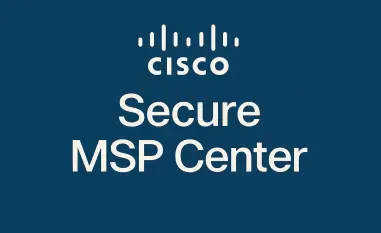In today’s rapidly evolving technological landscape, cyber threats are an ever-present concern. With the shift toward cloud computing, securing these environments has become paramount. Microsoft’s recent analysis of the cyber threat group known as Scattered Spider underscores the challenges organizations face in protecting their cloud infrastructures. This threat group, also tracked as Octo Tempest, has progressively targeted cloud environments, from on-premises accounts to cloud access, deploying advanced tactics such as DragonForce ransomware.
Evaluating Microsoft’s Security Features
Microsoft’s commitment to strengthening cloud security is evident in its continued updates to their security products, including Microsoft Defender and Sentinel. These tools offer a robust framework tailored for comprehensive protection across endpoints, identities, SaaS applications, and cloud workloads. The multi-faceted approach of Microsoft Defender, particularly its attack disruption capabilities, serves as a frontline defense by effectively disabling compromised user accounts and revoking sessions to thwart potential breaches.
Meanwhile, Microsoft emphasizes a proactive defense posture, advocating for advanced identity and endpoint security measures. Leveraging multi-factor authentication and risk-based sign-in policies, along with the principle of least-privilege access, ensures a stringent barrier against unauthorized intrusions. It is in this synthesis of capabilities that Microsoft positions itself as a leader in tackling complex hybrid attack tactics.
Highlighting Real-World Performance
Microsoft’s response to Scattered Spider’s aggressive maneuvers highlights their tools’ real-world efficacy. Targeting sectors as diverse as airlines, retail, hospitality, and insurance from April to July of this year, the threat group used coordinated ransomware and data extortion attacks. In response, Microsoft’s suite demonstrated not just preventive security but a commitment to robust incident response and post-incident analysis for complete threat remediation.
A significant portion of Microsoft’s approach involves deploying cutting-edge measures to stay ahead of emerging threats by adapting iteratively to cybercriminal tactics. By continually refining their security protocols and augmenting existing defenses, they set a new standard in cloud security.
Final Thoughts and Future Considerations
Reflecting on Microsoft’s endeavors in cloud security, it’s clear they have effectively adapted to evolving threat landscapes. Addressing comprehensive security needs beyond preventive measures with continuous innovation and strategic foresight has defined their leadership. For organizations, this framework offers crucial insights into safeguarding cloud infrastructures against sophisticated adversaries, ensuring resilient cybersecurity measures are in place for long-term protection.
As we progress, the focus will need to shift toward further integration of AI-driven defenses and automation for enhanced adaptability and speed of response. Continual refinement of security protocols and ongoing collaboration across industries will be essential to maintain robust defenses against increasingly complex cyber threats.













